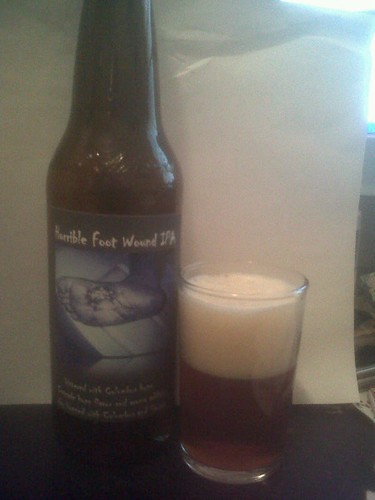acidrain23
Well-Known Member
Dumb question- I have 3 gallons of an oatmeal stout fermenting with Wyeast 1728- Scottish Ale yeast. For xmas I received a nice IPA kit. Instead of using the dry yeast that came with the kit- would it be acceptable to use a starter made from the sediment out of the oatmeal stout? I'm not too concerned about it being exactly to style, as long as it tastes good! I'm liking the Scottish ale yeast because of its cold tolerant properties and my apartment has been staying around 55F during the day when I am away at work. Eh? 





